This unusual book begins with an account of the author’s ten-year love affair with dairy farming and an attempt ‘to give a flavour of what our cattle do for us’. It then turns into a survey of the various British breeds of cattle.
After poor A-levels, Philip Walling took odd jobs in his native Cumbria, such as building dry-stone walls, until he managed to acquire a small farm of his own. With great determination, he ran this single-handed, keeping both beef and dairy animals and raising poultry and a couple of pigs. They were, in retrospect at least, ‘ten years of almost undimmed joy’. But aged 30, discouraged by the daily grind, which included a milk round, and feeling he had missed out on a proper education, he gave it all up.
The story of cows is one of the oldest in the world. Even before the flood, Jabal, the son of Lamech, was ‘the father of such as have cattle’, and later, when Abraham went into Egypt to escape famine, he became ‘very rich in cattle’, with herdsmen to look after them. Skipping the centuries down to recent times, in 1946 there were 200,000 individual dairy farmers in Britain selling through the Milk Marketing Board, but by 2016 these had dwindled to 9,500; and although the number of cows nationwide had fallen from 2.5 million to 1.5 million in 2016, milk production increased by a third.
Walling quotes many other statistics, which are sometimes heavy-going for non-farmers, but he adds lively details from his own hard-won experience of the general friendliness of the farming community (though there are exceptions, and stories of sharp practice).
He refers to most of the principal breeds; Shorthorns, ‘the Black and White Revolution’, Herefords, Red Devons, the Channel Island breeds and the black cattle of Scotland, Aberdeen Angus and Galloways. What these British breeds have given to the world is incalculable. The Black Angus is the most popular beef breed in America; and in Australia they make up a third of the bulls sold at breeding sales. They are also found in South Africa, Brazil, Scandinavia, Spain and Germany. Scotland, it seems, prepares you for anywhere.
Dairy farming in England also has a long history. The Earls of Berkeley had a substantial dairy in the 12th century, and today cheese and yoghurt are made under the arches outside London Bridge station and sold in the adjoining Borough Market.
The reader is given many details of how regional breeds affected farming, with ups and downs along the way, and we learn fascinating stories of the achievements of great breeders such as Robert Blackwell (1725–96) and Thomas Coke. The latter, as well as his many agricultural improvements, was responsible for introducing Red Devons to Norfolk.
Away from the analysis of cow life in Britain there is a digression on the appalling slaughter of millions of buffaloes in the American midwest, and another on the intensive breeding of Texas Longhorns, whose horn-span can reach nine feet, but which are amazingly deft at negotiating small entrances and exits. Walling also covers the monstrosity of a recent rewilding scheme in Holland, which ruthlessly insisted on leaving nature alone. In a large enclosed area, no cultivation at all took place, creating a futile famine: a large number of cattle died of starvation as a result.
The many excellent colour photographs add greatly to the story, and there is a useful glossary for the uninitiated. The contributions of cows to our lives are endless: veal, beef, milk, butter, cheese. yoghurt, leather, horn, and not least the manure which enriches the pastures on which they depend. What other creature gives us so much?
Got something to add? Join the discussion and comment below.
Get 10 issues for just $10
Subscribe to The Spectator Australia today for the next 10 magazine issues, plus full online access, for just $10.
You might disagree with half of it, but you’ll enjoy reading all of it. Try your first month for free, then just $2 a week for the remainder of your first year.

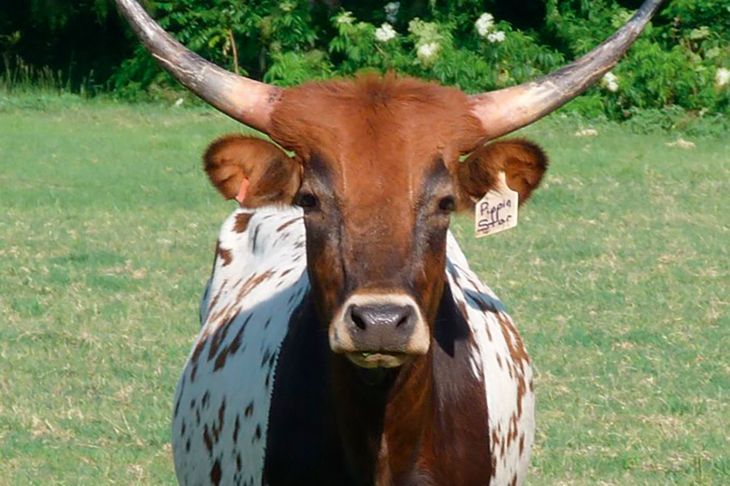
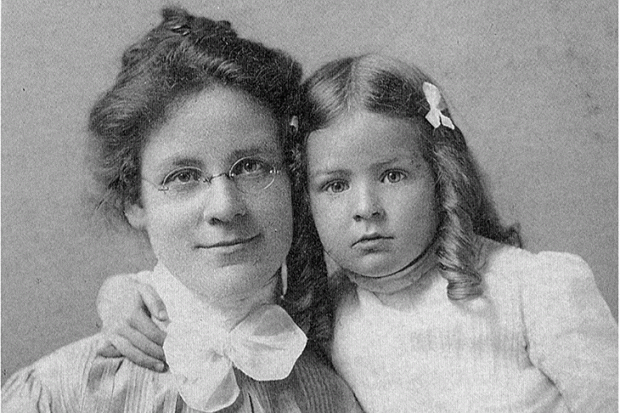
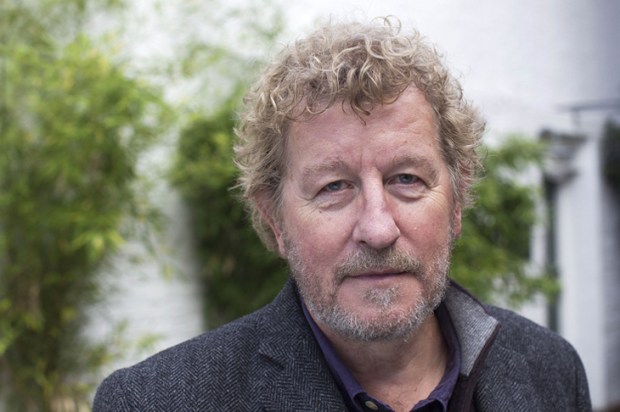
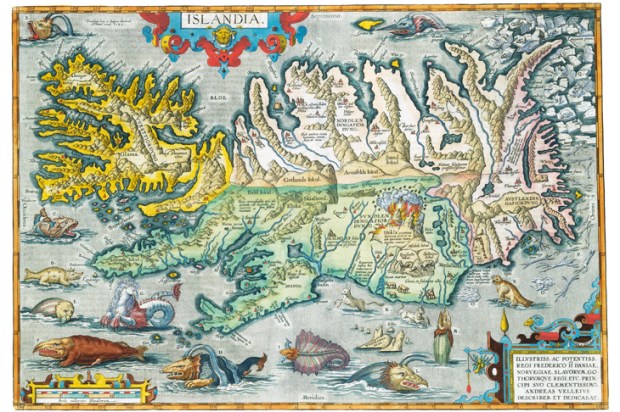
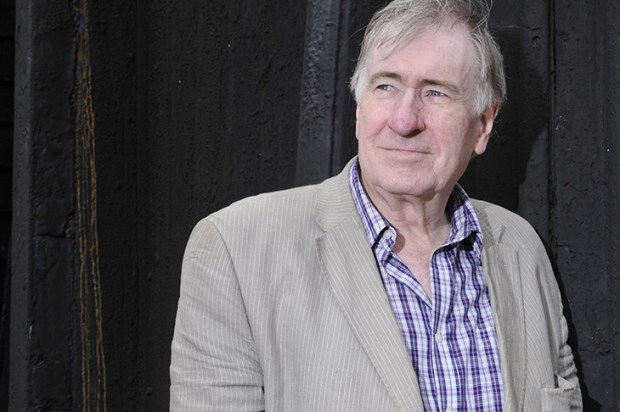
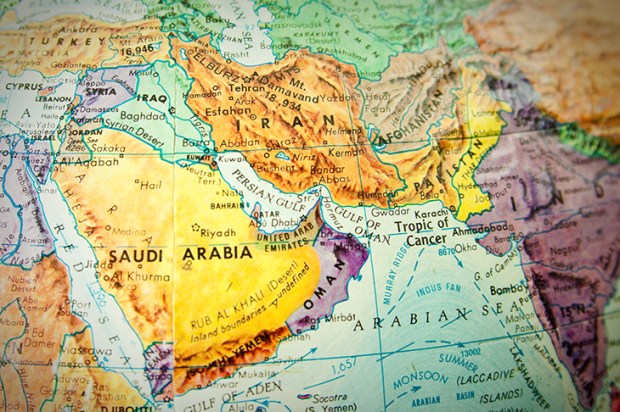
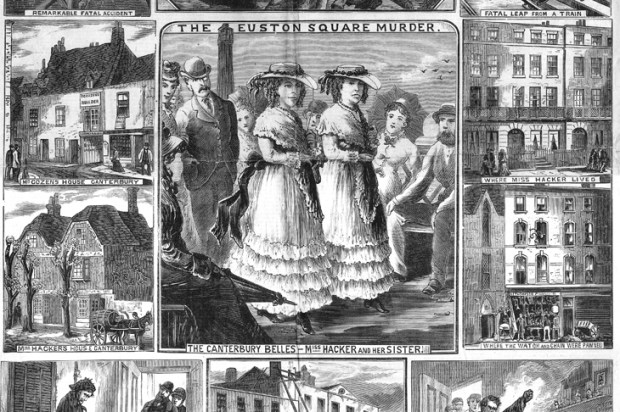






Comments
Don't miss out
Join the conversation with other Spectator Australia readers. Subscribe to leave a comment.
SUBSCRIBEAlready a subscriber? Log in